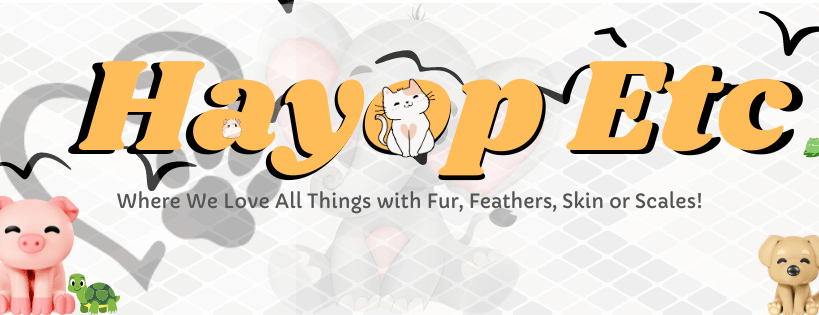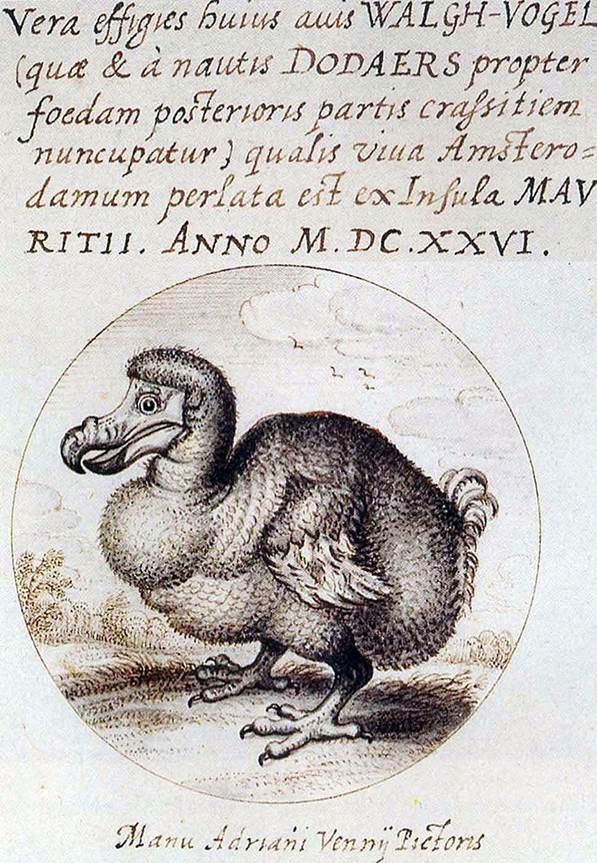
I’ve always had this fantasy that one day I’ll get to see a dodo in person.
I’ve met a few dodos, but not an actual one.
Hehehehe
Kidding aside, one of the things I’d like to talk about today is the extinction and de-extinction of a species. Let’s start with one of my most recent favorite humans on Earth, Forrest Galante.
Forrest Galante
I first found out about Forrest Galante through the Joe Rogan Experience podcast. A few minutes into their conversation and I was immediately hooked.
Thanks to personalities like Forrest Galante, people are becoming more aware of animals going extinct and the importance of keeping them alive.
For those who don’t know who he is, he’s a television presenter who turned the hunt for “lost” animals into compelling TV.
His shows (notably Extinct or Alive) brought rediscovery missions into living rooms, popularizing the idea that species declared gone might still exist or could be worth searching for.
That matters because public interest equals funding and political will; people tune in, donate, and pressure governments to protect habitats.
But because his work sits at the intersection of entertainment and real conservation science —that intersection can get very messy.
Scientists and journalists have questioned some of his claims and methods, arguing that media narratives sometimes oversell findings or miscredit field research; others celebrate his ability to bring rare species and extinction issues to a broader audience.
So, his influence is double-edged: he’s an amplifier of public curiosity, but the amplifier has to be handled responsibly.
I truly love this guy. Except for one thing: His product placement moments are quite distracting. Now I understand that he’s doing it because he is sponsored and people do need to make a living. Even people who are as big and successful as he.
No doubt I’d do it too if I had some products telling me I could get something if I bring up their product while addressing thousands of people through a podcast or video.
Extinction, De-Extinction, and Why We Should Care
I grew up believing some things were final.
Once a species was gone, that was the end of that story — museums and grainy photos would be the only evidence left of such creatures existing.
But the last decade has been a period of quiet science-fiction-esque advancements.
We only heard hints of it through online podcasts, TED Talks, websites, blogs and other not so confirmable sources.
And then the direwolves came back to life through Colossal’s efforts.
Finally, and ironically, extinction no longer felt so permanent.
But before we have fantasies of dinosaurs roaming the Earth once again Jurassic Park-stlye, no that ain’t happening. The next best thing to dinosaurs that we can still have today are the monitor lizards and birds in the sky.
De-extinction isn’t magic.
And bringing back every animal that humans have wiped off the face of the Earth is simply impossible, or impractical.
You see, genetic manipulation is a very resource-heavy endeavor.
There has to be a goal at the end of the procedure, right?
It has to benefit humanity in the end.
At least that’s what I believe in.
Hmmm… I don’t know what they were thinking when they brought the direcwolves back but if it was to raise awareness, then it really did its job. Word is that billions have been moved to support Colossal’s campaign to bring back lost animals like Thylacines and Woolly mammoths.
I can see the importance of woolly mammoths and thylacines. With enough numbers in the wild, thylacines can help with Australia’s animal pest problems. And with enough woolly mammoths bred for meat production, we could help alleviate world hunger.
I don’t know.
Maybe.
Maybe not.
Anyway, here are some more animals I wish would come back to life and what I think their practical purpose would be:
Dodo
This is the poster child for animal extinction. Bringing these back to life would definitely help in raising awareness about the conservation of animals.

They were eaten by sailors in the past but records show that they didn’t have that pleasant of a taste.
So, bringing these birds back to life would only serve one purpose: marketing de-extinction as a possibility and bring in more financial support.
Passenger Pigeon
These North American birds were once in huge numbers and could darken the skies when they flew in such large flocks. Their extinction came to fore because of over-hunting, reproduction failure, and habitat loss.
A trifecta of factors so perfecta it left us nada of one-a.
… I just had to…
Couldn’t help it.
Sorry.
Anyway, they say this pigeon’s meat tastes good and if we can bring their massive numbers back, we might be able to help alleviate the food shortage experienced all over the world.
They also look like beautiful pigeons and I wouldn’t mind keeping a few in a well-designed aviary.
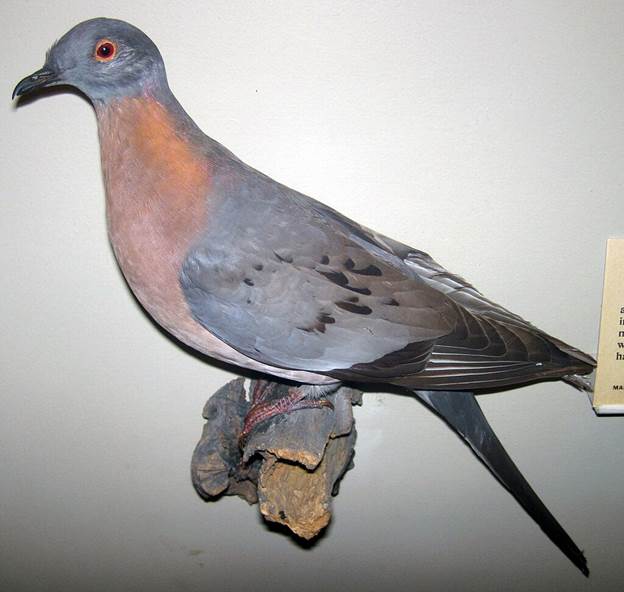
Aurochs

Aurochs were massive creatures that stood 6 feet at the shoulder and weighed upwards of 1500 lbs to 3300 lbs.
These massive beeasts were used mainly for food because it was quite tough to domesticate one. Although it was eventually tamed enough to handle regular farm-work, Aurochs still sported that wild side that made them very unpredictable creatures.
I would love to see one brought back to life so I can gape in awe at the sheer size of such a humongous creature. That and maybe taste and meat and see what all the fuss is about how delicious it tasted.
After all, the breed died out with that as one of the factors leading to it.
Quagga
This is a bit of a selfish want because I learned about Quaggas when I was 6 or 7 and I would use that piece of knowledge as a way to win arguments related to animals.
Silly really.
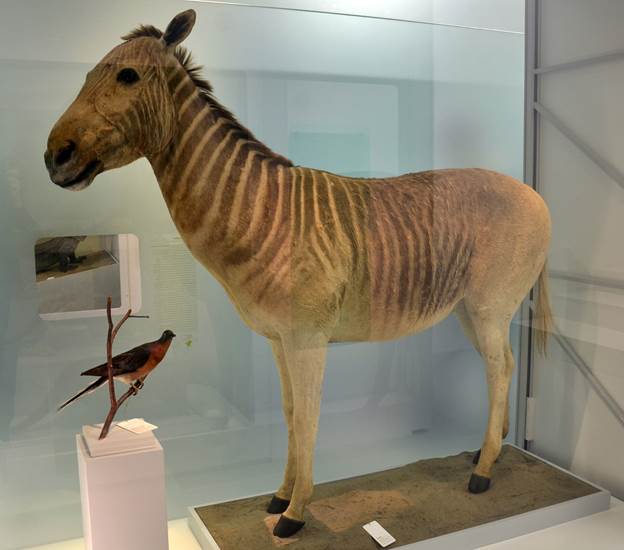
Perhaps the closest we can come to a Quagga these days is the Zorse. Wanna see what a Zorse looks like in person? Vsiit the Manila Zoo. They’ve got a pair grazing in the large Savannah enclosure.
Steller’s Sea Cow
This massive creature measured 30 feet in length, weighed around 8 to 10 tons, had thick skin and was thankfully a slow-moving herbivore in the water.
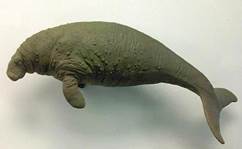
Steller’s sea cows were responsible for cultivating sea kelp which also formed part of their main diet. Their huge size and constant grazing moved the plants and the water around allowing for sunlight to penetrate those plants situated deeper underwater.
Aside from being awesome in size, they did have many commercial uses which led to its extinction. Hopefully, the second time around that it’s back, humans will learn how to use natural resources in moderation.
The Extinction and De-extinction Conversation We Need to Have
I know that I talk about bringing animals back and then talk about how they can be used to benefit humans by being food, clothing, or others. To other animal lovers that might seem barbaric.
And unacceptable.
But that’s life.
In order for one to live, something must die.
How we go about doing it is what makes us different from barbarians.
So anyway, I hope de-extinction gains momentum within the next few years and that we will finally see these animals brought back to life.
